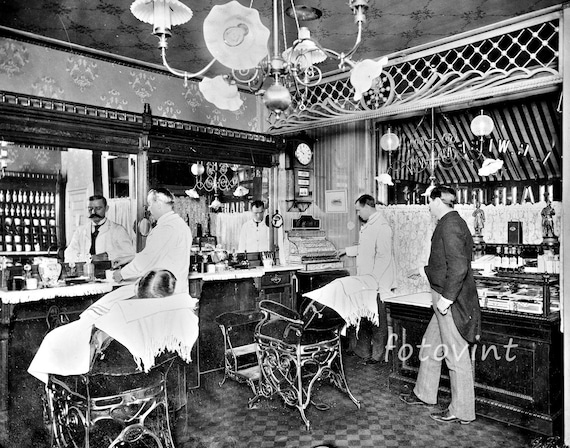The Eternal Transformation of Grooming Tools and Methods Through the Ages
Wiki Article
Barbering has a rich heritage that spans numerous of centuries, evolving from simple instruments and techniques to the advanced methods used currently. The earliest barbers were often priests or medics who performed trims and shaves as part of their religious or medical responsibilities. In ancient Egypt, groomers used honed stones and bronze instruments to style the locks and facial hair, which were significant symbols of prestige and cleanliness. The tools of the profession were not just practical; they also held societal importance, reflecting the principles and beliefs of the community at the time.
As civilizations advanced, so did the instruments and techniques used in grooming. In ancient Rome, barbershops became fashionable social centers where men congregated not only for styling but also for discussion and leisure. Groomers used more refined instruments, such as steel razors and brushes, which enabled for more precise cuts. The advent of the flat razor marked a notable advancement in barbering, providing a closer cut and a more polished appearance. This era also saw the rise of the barber pole, a symbol of the trade, which symbolized the blood and bandages associated with barber-surgeons who conducted minor surgical operations.
During the medieval period, barbering took on new dimensions as barbers began to specialize in various services. They not only cut locks but also provided shaves, dental care, and even phlebotomy. The tools used during this period included the infamous barber's bowl and the straight blade, which continued popular for ages. The skill of these tools enhanced, with craftsmen creating premium cutters that were both durable and efficient. This era highlighted the importance of cleanliness and individual care, as barbers played a crucial role in maintaining the well-being and look of their clients.
The Industrial Revolution brought about significant changes in grooming tools and techniques. With progress in production, groomers could obtain a broader range of tools, including safety razors and electric trimmers. These innovations made trims and shaves more efficient and accessible to the wider public. The rise of grooming salons as community meeting places continued, with groomers becoming reliable figures in their neighborhoods. The advent of new styles and fashions, influenced by mainstream society, further changed the barbering profession, allowing barbers to demonstrate their artistry and skill.
Currently, grooming is a mix of traditional techniques and contemporary advancements. While many groomers still use flat razors and scissors, electric clippers have become essential tools in the industry. The emphasis on personal care has broadened to include a variety of services, such as facial hair styling, hair coloring, and skincare. Barbershops have evolved into trendy venues that cater to a varied clientele, offering a welcoming environment for all. men's grooming services The timeless transformation of grooming tools and methods mirrors not only the advancements in technology but also the enduring significance of grooming in human culture.
